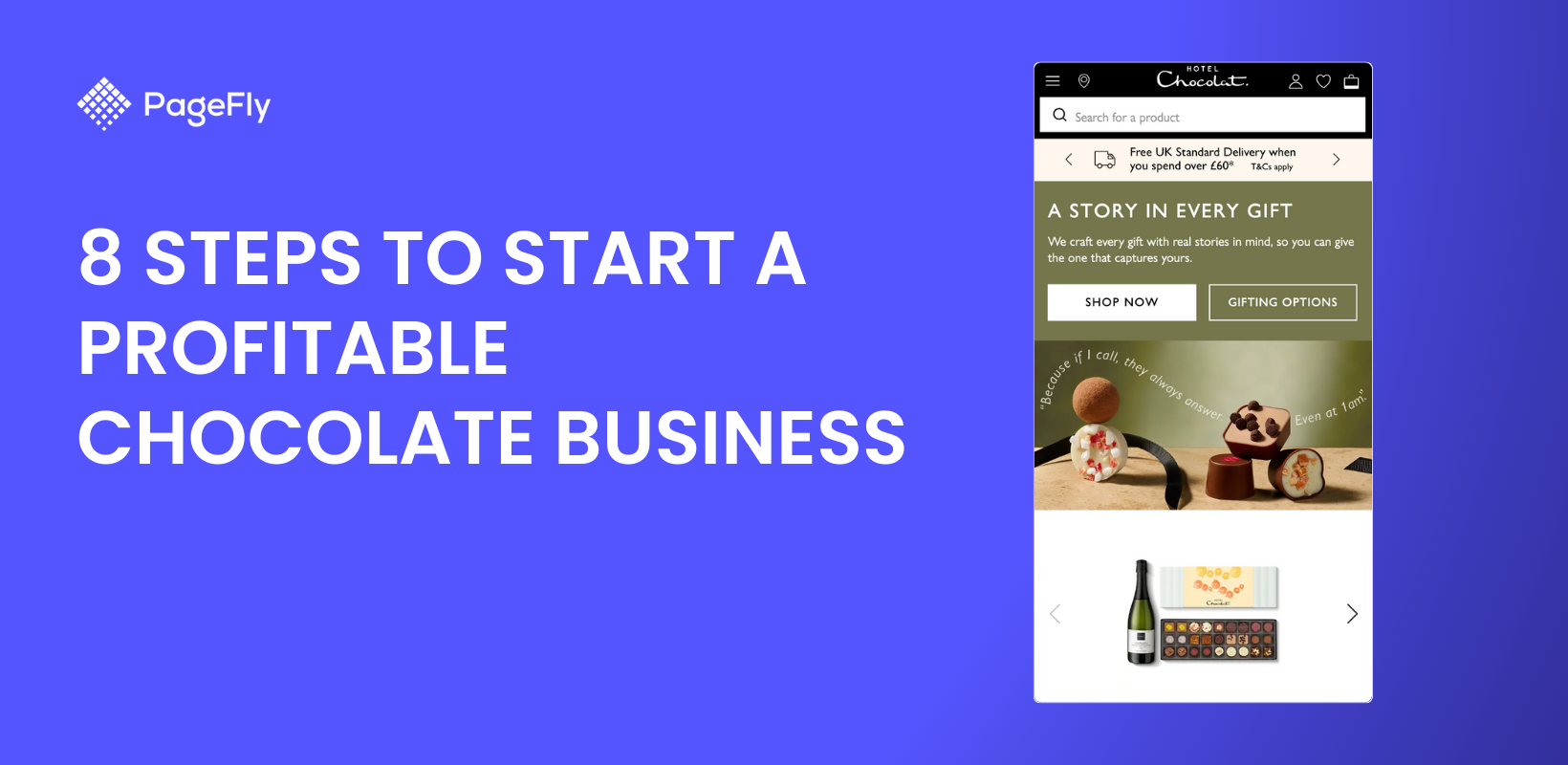Voice search is what’s making the world of eCommerce go round right now. So, just as the rise of TV made retailers sit up and take notice of its potential for home shopping, so you should be all over voice search and what it can offer your eCommerce business.
This is true whether you’re a teenager starting up or you’re the boss of an established business with many years of successful trading under its belt.
There are some very specific ways to tailor your operation to voice search, and we’ll go through each of these to give you the best chance of utilizing it for your business.
I. Rise Of Voice Search
So, what do we mean by voice search? It means the use of spoken language in an internet inquiry as opposed to the more traditional keyed entry.
This speech can be directed towards a virtual assistant such as Apple’s Siri or Amazon’s Alexa, and conducted more and more frequently via smartphone or smart speaker (the latter of which is now owned by 1 in 3 Americans).
The rapid rise in voice search is nothing short of phenomenal.

In concrete numbers, there are now 135.6 million individuals using voice search in the US. This is a huge increase. As recently as 2013, only 13% of IoS users used Siri. Now it’s the case that 98% have used it. Why this should be is probably down to convenience. It’s certainly a lot easier and quicker to bark out a quick request than to take the trouble to spell it out on a keyboard or tiny screen.
There are also huge benefits for those with visual or other physical impairments, who have had to struggle for a long time with the necessity of using written commands. Voice search, and virtual assistants in general, have been of great benefit to the disabled community, and this shouldn’t be overlooked when thinking about your eCommerce site.
There are certain activities that people engage in that make voice search a whole lot more popular than keyed search. Driving is a major one, but can be any activity wherein a user’s faculties are compromised by the need to stay alert to matters of safety can be conducted at the same time as using voice search.
II. Seven Voice Search Optimization Steps To Make Your Site Sing
01. Different form of language when we use voice search

At first, it’s quite an awkward encounter, but, as users get more accustomed to shouting out a bright and breezy ‘hey Siri’, they become increasingly casual in their interactions with their virtual assistants. The interactions become more like conversations with living breathing friends.
The main consequence of this for us here is that voice search queries tend to be couched in a proper sentence. Instead of ‘Directions, Santa Fe to Albuquerque’, the user may call out ‘Siri, can you give me directions from Santa Fe to Albuquerque please?’ (and what a relief it must be not to have to type Albuquerque!).
This means that your eCommerce site has to be able to deal with a conversationally phrased query, so that, if somebody asks ‘Siri, what are the best vegan stores in Austin’, your place gets included. It may help to think of the interaction more like a conversation than it would be with a keyboard.
What consequences does this have? It means that you should think creatively and use conversational phrasing in your website, from any blog you may be writing to any product descriptions you’re crafting. Voice queries tend to be longer than keyed queries so you can use longer-tail keywords.
02. Semantics are more important
Not only can you use longer-tail keywords than previously, but you may actually be better off jettisoning keywords as you previously thought of them altogether. Voice search is all about the meaning, and intention. It does this by factoring in the context of the query, rather than concentrating purely on the words.
The aim is to give a conversational query a conversational answer, one that answers the actual question that the user is asking. It manages to do this even if the user might have put the question in a way that a more literal entity would misunderstand. This is achieved through programming algorithms to include concept matching and synonym accommodation.
The overall intent is to give an experience that goes some way towards passing the Turing Test (ie, does the computer behave in such a human way as to fool a person into thinking it’s human?).

Of course, users of virtual assistants don’t think they’re actually dealing with a human entity: it’s going to take more than just fancy linguistics to pull that trick off. But, make no mistake, habitual users of virtual assistants don’t tend to think of them as purely artificial, either.
They occupy a mid-ground between humans and computers, which, as we’ve seen. means that users talk to them pretty much just like they talk to people. They throw in all manner of other words and expressions that they wouldn’t use in the more formalized milieu of a written query.
The consequence for when you look to improve your ecommerce site is that you should include as wide a variety of languages as possible. The more varied your terminology, the more chance you have of being picked up in a voice search that might include who-knows-what synonyms.
03. Clarity and concision pay
So, on the one hand, you need to be paying attention to beefing up your variety of terminology, and on the other, you now need to be clear and concise. Which is it?
By clarity and concision, it is meant that you need to pay special attention to what’s being asked, and to answer that question in a helpful manner. For this to work, you need to think about trigger words. Trigger words are the who, what, where, why, and when of the query, and tend to be used more in voice searches than in keyed searches.
In other words, you need to structure your site around the questions that will be asked, making sure you use the trigger words that are vital to include. For instance, your business might be all about sales management coaching, in which case you’ll want to carry descriptions of exactly what you do in this sphere.
But, more than this, you’ll need to include this information in a fashion that chimes with the trigger words.
So, somebody might ask ‘Siri, where can I find some great training in sales management around here?’. Note that you’ll need to include training as well as coaching in your terminology for this to hit the target.
You also need to include the locations where it can take place, as well as who does it, when it’s done, and why it’s done. Hopefully, not too many users are going to ask why you do what you do, but it makes sense to include it just in case.
This use of trigger words can be useful when doing your competitor research too. See how well they’re stepping up to the voice search plate - you may be surprised by how poorly prepared they are.
04. Be customer focused
Spend some time thinking about who your customers actually are. What are their backgrounds? Are they young? Are they relatively affluent? What are their interests? What problems do they have that you can solve?
Additionally, knowing your audience will also help you deliver and design your ecommerce site better. For example your niche is women's fashion, you can use a fashion theme for your store such as Mysterio.
Once you have a clear idea of who your voice search customers tend to be, you can work to give better content that engages with their priorities.
One obvious factor to incorporate into your customer profiles is that voice search users tend to be disproportionately on the go. They may be in a hurry, going from A to B, and they need information as they negotiate whatever else is going on in their lives. For this reason, it’s important to optimize your site for mobile.
05. Pay attention to the customer journey
This leads on from the previous point. Now that you know who your customers are, let’s consider the ups and downs of the journey they take.
Just as traditional eCommerce has had to become used to the woes of the abandoned cart graveyard, so shall voice search. It seems to be the case that mobile users show the greatest incidence of cart abandonment, so this may correlate to greater cart abandonment among voice search users.

It may be the case that voice search generates its own variety of customer disengagement - this is yet to be seen.
What you should most definitely do is think about the journey of a voice search customer, from initial query to conversion and fulfillment. Sales funnels in voice search can be as leaky as anywhere else, so think carefully about where these vulnerable points are, and where customers are likely to bail out.
Leaks can appear anywhere in your business structure, so incorporate this approach into all stages, from thinking about branding strategies, to the language used at checkout.
You’ll need to track user behavior in order to see where and when abandonment takes place. This will then lead to the why, and you can work to remedy matters.
06. Google zero
Being number one’s so old hat. Nowadays, you need to be zero to really count in the fevered world of voice search competition. What does this mean? Well, by including the ‘rich snippets’ that Google is looking for, you can get to be ranked position zero. This in turn means that not only will Google give you to the voice searcher, but yours will be the only company info given in that spot.
For instance, a query on ties gives this in the zero position:

Unfortunately, Google has been a little unclear on how you can seek to secure zero position. Some research has suggested that optimized FAQ pages are paramount, as is length (for example, 40-50 words is thought to be best for introductions). On top of this, clear structuring is needed, so bullet points, numbered and unnumbered lists and tables are the order of the day.
These are all elements that will help with your site’s navigability and comprehension in any case, so well worth entering into an audit of your site’s structure, regardless of Google's zero concerns.
07. Local counts
Mobile voice searches tend to be much more likely to be concerning local information than written searches.
That makes sense: why would a driver use a voice search to ask a question about how many number 1s Taylor Swift’s had? They’d be more likely to ask for information about where in the neighborhood they can buy gas. Certainly more likely than somebody sitting at home on their laptop.
What does this mean for you? It means that you need to big up the local element. If you’ve got a bricks-and-mortar store, go to town! Highlight the plus points of the area, and if you’ve got free parking, shout about it. Make local part of your digital pitch, and you may find that your geography does a lot of your heavy lifting.
It’s certainly true that you’re more than likely to receive a visit from somebody who just did a local search that found you.

While you’re thinking local, consider increasing the amount of locally-sourced products in your store. Voice searchers are enjoying the locale and might want to find out more about the amazing range of goods it has to offer. You can give them this.
III. Closing Comments
‘Speech is the mirror of the soul; as a man speaks, so is he’ - Pubillus Syrus
Latin scholar Pubillus Syrus makes a good point, albeit in a patriarchy-laced way. It is when speaking that an individual tends to reveal more about themselves than when they are writing. Speaking is an easier and more natural way to communicate, so it’s likely to unveil more of the inner nature of the person.
The main consequence for you and your eCommerce store is that, in being a natural and revealing way to communicate, it comes with certain characteristics that distinguish it from written communication. This is why you must think about the forms of language that tend to be used in speech rather than in writing if you want to achieve store optimization.
Design Your Own Shopify Store With No Limit
Fully Customizable. 100+ Templates and 50+ elements
Completely Free/ No Trial. Optimized for Fast Speed.
Put simply, casual is what it’s all about. But you must be anything but casual in your pursuit of voice search customers. They’re the future. Make sure you are too.
Bio:
Grace Lau - Director of Growth Content, Dialpad
Grace Lau is the Director of Growth Content at Dialpad, a VoIP phone system and AI-powered cloud communication for better and easier team collaboration. She has over 10 years of experience in content writing and strategy. Currently, she is responsible for leading branded and editorial content strategies, and partnering with SEO and Ops teams to build and nurture content. Grace has written for domains such as Brightpearl and VoilaNorbert.










![14 Profitable Small Food Business Ideas for 2025 [Real Numbers]](http://pagefly.io/cdn/shop/articles/1_58b587d2-13db-4aa6-8c19-e40f5c88d3eb.jpg?v=1758255771&width=4460)
![Art Business Names: 350+ Ideas + Free Generator [2025 Updated]](http://pagefly.io/cdn/shop/articles/art_business_name_e94a54e9-d325-4ba3-94ab-7b4297952312.png?v=1760062968&width=1640)







